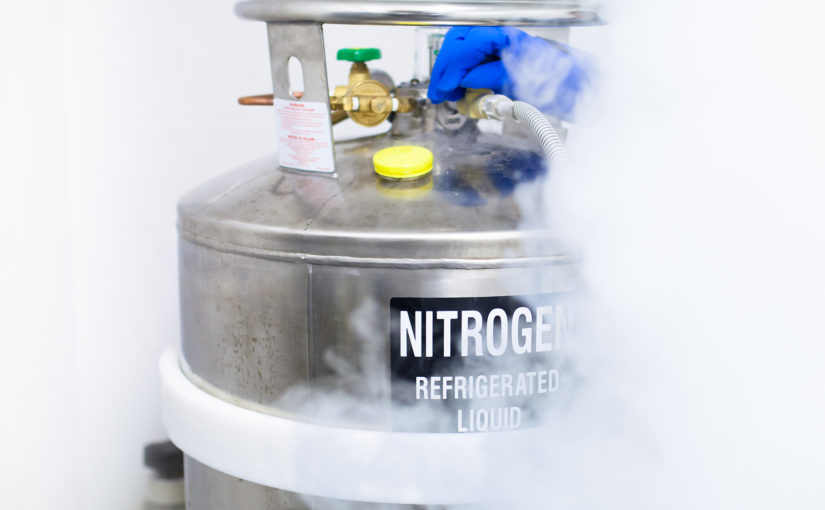As the most abundant gas in our atmosphere, nitrogen is all around us. Literally. And while our bodies don’t need it to breathe—oxygen does the job just fine—it does breathe life into the vital industries, like healthcare and manufacturing, that move society forward. Again, it’s all around us.
If you operate a business within the food and beverage industry, you should be no stranger to how crucial and ubiquitous nitrogen can be. From freezing and chilling to packaging and dispensing, manufacturers use nitrogen for a wide range of applications and products (including beer and coffee).
Food and beverage manufacturers require the utmost attention to detail and quality when choosing and utilizing their food-grade gases during food production. Why? Because what they produce goes straight into the kitchens (and mouths) of customers across the world.
To food- and beverage-grade quality (and to do so at the right price) be sure to pay close attention to certain details. Focus on both your specific requirements—the purity specification and quantity required—and how the gas is applied in process. This will help make sure you’re using the product as safely and effectively as possible.
Maximum efficiency
“Typically, for these manufacturers, nitrogen is used in bulk quantities,” said Bill Baker, Airgas Vice President of Service Markets and Safety. “Food and Beverage manufacturers buy a lot of [nitrogen] and it can be a significant component in their cost stack. They need to make sure they’re getting the grade they need, how they need it and that they are using it efficiently.” Work closely with your gas supplier to make sure you’re doing everything you can to achieve the best possible results. This includes using the appropriate gases, choosing the right mode of supply and eliminating downtime by getting the gas you need, when you need it.
For each company, the grade and supply chain quality attributes of nitrogen needed can vary, so food and beverage manufacturers should review their product requirements as well as customer requirements to ensure they are purchasing nitrogen that meets those quality and supply chain demands.
Health and safety risks
To avoid contamination, gases used in food processing applications need to follow food-grade standards—starting with the container. Industrial-grade cylinders or other non-food grade cylinders could contain contaminants from previous use or from the filling process, and are not protected with full recall procedures. That’s why any nitrogen you use for food production should always be packaged in cylinders dedicated for food industry use only—otherwise you risk receiving FDA or USDA sanctions.
Preparing for the future
“Today, customers are looking for products that have clean labels,” Baker said. “In the past 30 years, the industry has moved to large production factories where the product is primarily frozen, to now, where small-to-mid size processing plants are utilizing fresh, local produce and ingredients that require [advanced food chilling and preservation processes] with a product like nitrogen.”
Tim Watt, Airgas’ VP Food and Beverage services, chimed in to remind us that, “Manufacturers find themselves adapting their products and processes to keep pace with the ever-changing consumer demand as well as the implications of the government’s recently imposed Food Safety Modernization Act. All of which make for exciting times in the Industry.”
This evolution to meet ever-changing demand is moving the industry forward—with the development of advanced food chilling, freezing and preservation processes with nitrogen gas at its core.
